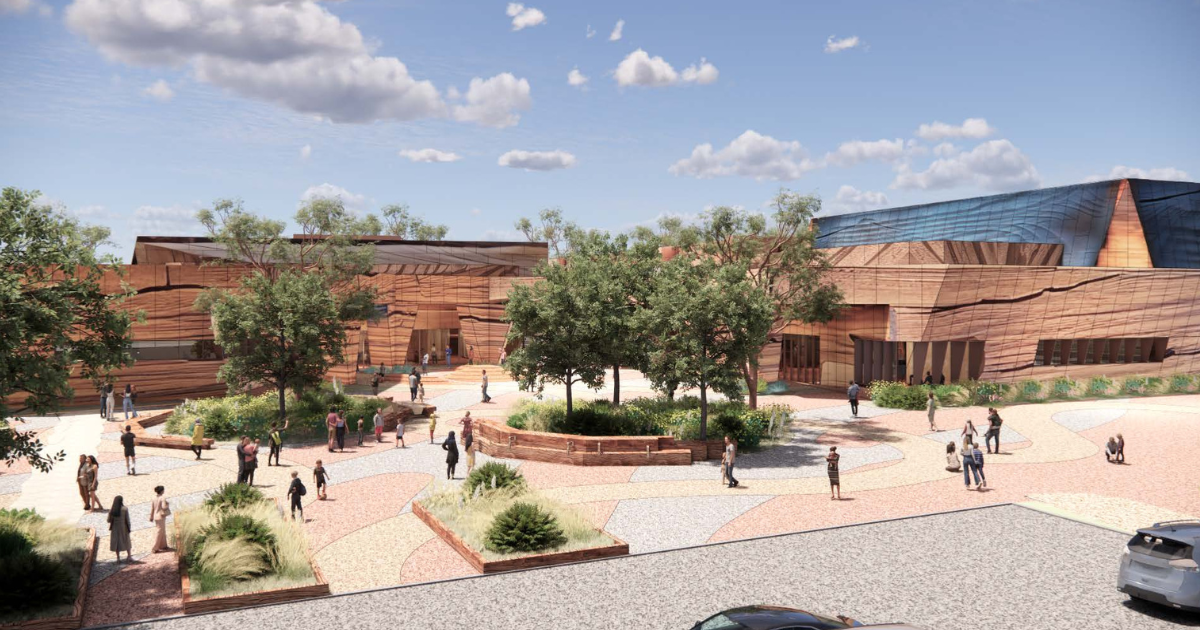Geelong releases update on future growth areas

The Northern and Western Geelong growth areas, located to the west of the Geelong Ring Road, are indicated here with blue hatched lines. Image: SUPPLIED
THE City of Greater Geelong has released its annual report on the Northern and Western Geelong Growth Areas precinct structure planning program, detailing plans to meet the region’s future housing needs.
The program spans an expansive area to the west of the Geelong Ring Road from Lovely Banks to Fyansford, projected to eventually accommodate about 110,000 residents.
Progress on several Precinct Structure Plans (PSPs) is a focal point of the report, covering developments in Creamery Road, Elcho Road East, Elcho Road West, and Batesford North.
The Creamery Road PSP is nearing council approval, anticipated in September, following comprehensive landowner consultations and the finalisation of infrastructure designs and development contributions.
The Elcho Road East PSP is also making headway, despite encountering challenges due to the area’s complex topography and significant biodiversity values.
Geelong mayor Trent Sullivan emphasised the City’s dedication to thorough planning and active stakeholder engagement.
“Investigations and engagement with multiple stakeholders continues so that we can fully understand and respond to the complexities for each precinct in the Northern and Western Geelong Growth Areas,” Cr Sullivan said.
“The precinct structure planning program is happening concurrently with securing federal environmental approvals to minimise the risk that the proposed conservation outcomes don’t align with regulations.”
Integral to the planning process are the field surveys across the growth areas, aimed at understanding the habitat of the recently rediscovered Victorian grassland earless dragon.
These surveys are pivotal, with their findings set to inform the incorporation of conservation areas into future developments.
Rediscovered in 2023, the Victorian grassland earless dragon is classified as critically endangered.
Historically prevalent in the grasslands west of Melbourne, the lizard’s population suffered due to habitat loss and predation by feral cats, leading to its absence being noted for more than half a century.

















